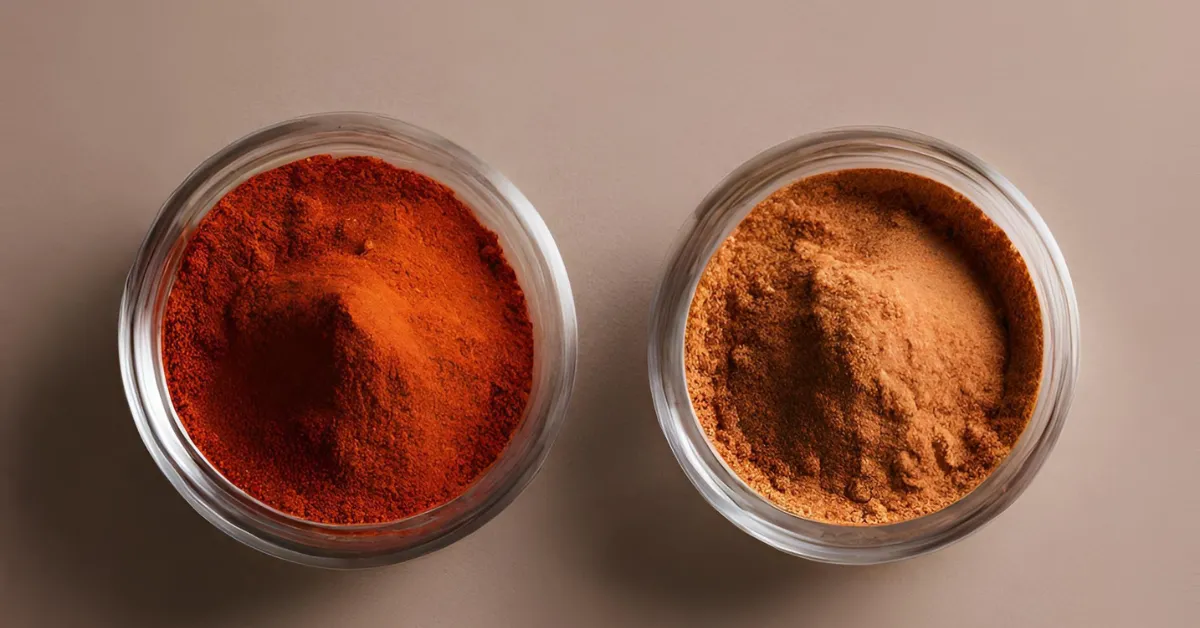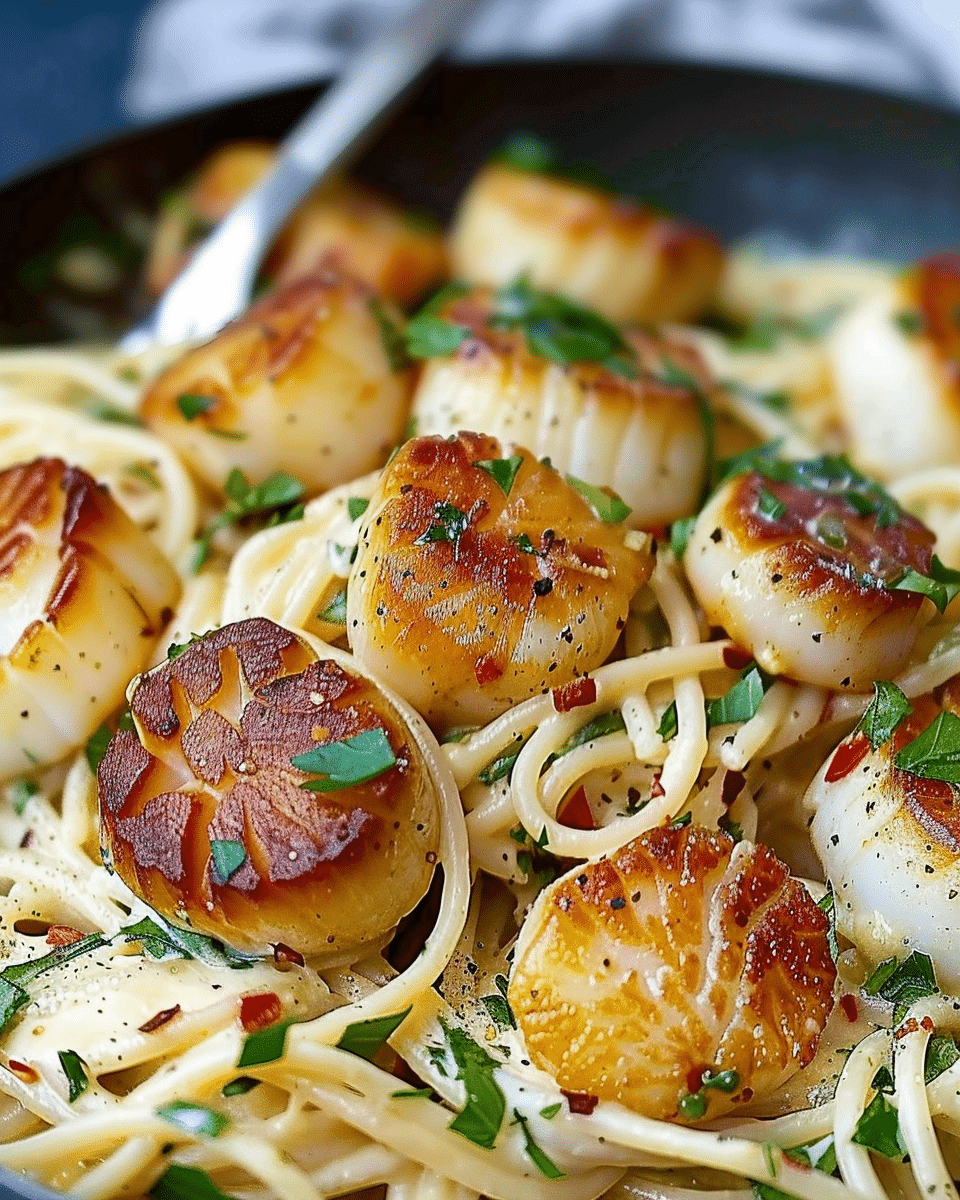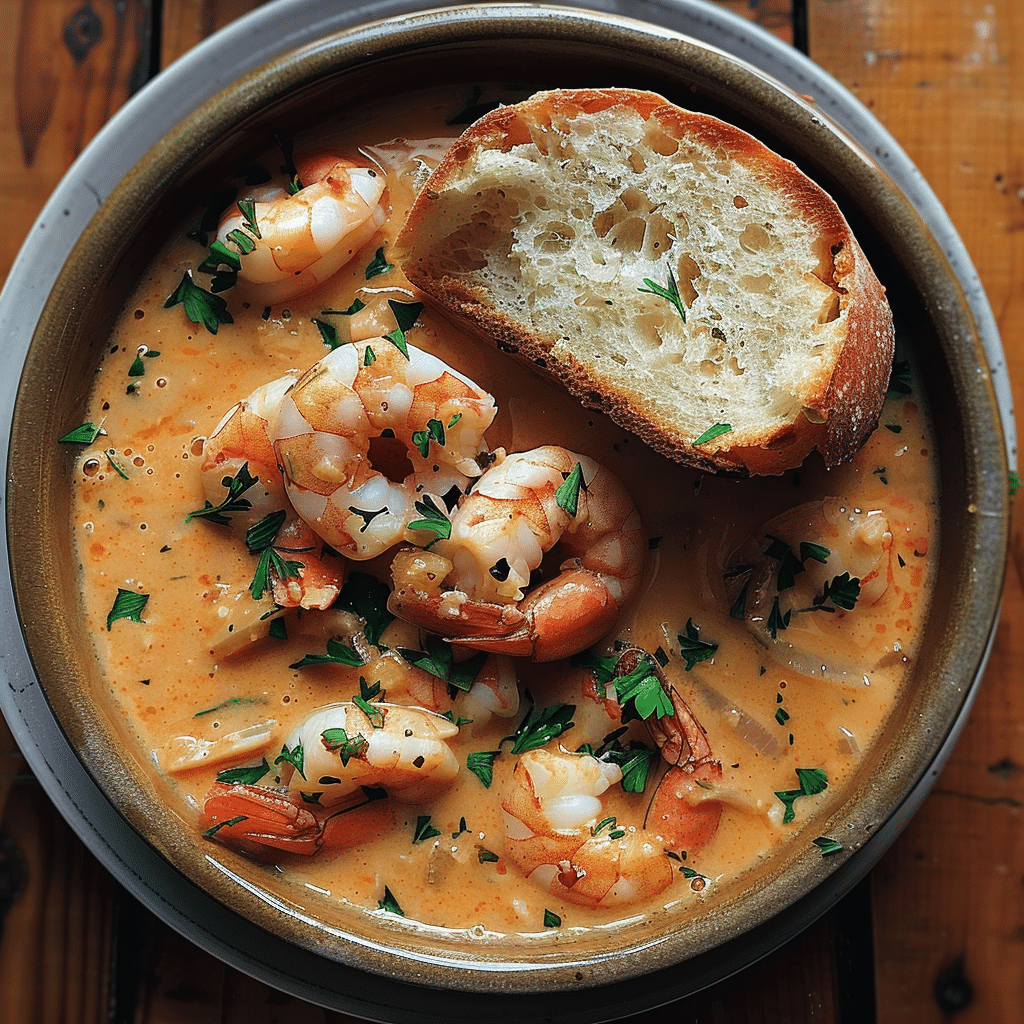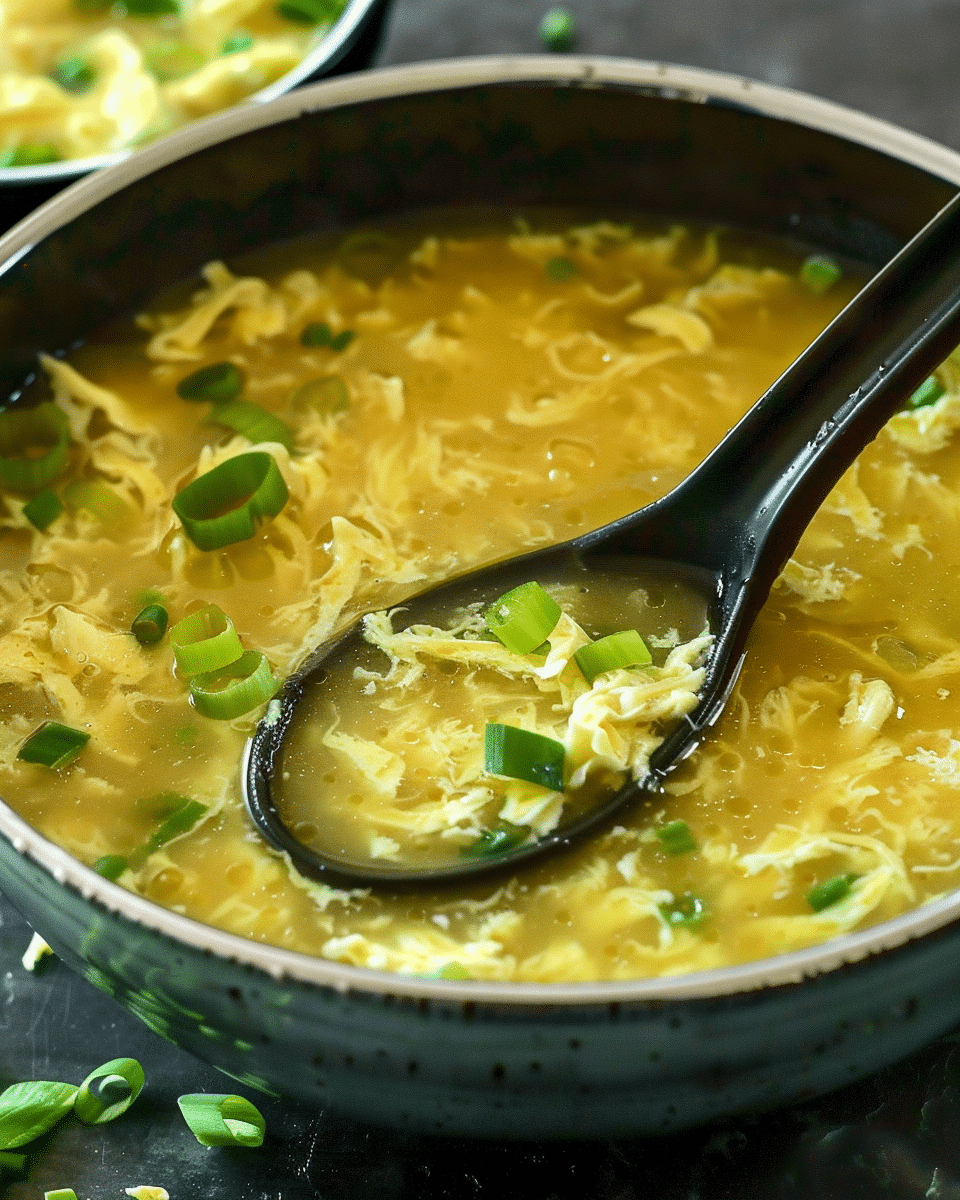When it comes to spicing up our meals, the choices are endless. But among the plethora of spices available, two that often come up in discussions about heat and flavor are Cajun and Paprika. Both have rich histories, unique flavor profiles, and their own dedicated fan bases. But which one packs more heat? In this article, we will delve into the world of these two beloved spices, exploring their origins, uses, and of course, their heat levels. Whether you are a seasoned chef or a home cook looking to add some spice to your life, this guide will help you understand the key differences between Cajun and Paprika, and answer the age-old question: Which Is Hotter: Cajun Or Paprika?
Key Takeways:
- Cajun seasoning is typically hotter than paprika.
- Cajun seasoning includes ingredients like cayenne pepper, black pepper, and white pepper, contributing to its spiciness.
- Paprika, made from dried and ground sweet or mild red peppers, is generally milder than Cajun seasoning.
- Paprika comes in various varieties, including sweet, smoked, mild, and hot, with the heat level varying depending on the type you choose.
Defining the Contenders: Cajun and Paprika
Cajun Spice
Cajun spice is a robust and flavorful blend that originates from the Cajun cuisine of Louisiana, USA. This cuisine developed as a result of the Acadian diaspora and has since become a staple in Southern cooking. Cajun spice blends garlic powder, onion powder, paprika, cayenne pepper, and herbs like thyme and oregano. This mix is fragrant, spicy, and adaptable, seasoning meats, seafood, vegetables, and stews.
Characteristics of Cajun Spice:
- Origin: Louisiana, USA
- Ingredients: Garlic powder, onion powder, paprika, cayenne pepper, thyme, oregano, and sometimes salt.
- Flavor Profile: Spicy, aromatic, and bold with a bit of heat.
- Culinary Uses: Commonly used in Southern and Creole cooking, particularly for dishes like gumbo, jambalaya, blackened meats, and seafood boils.
Paprika
Paprika is a ground spice made from dried red peppers, belonging to the Capsicum annuum family. Its origins can be traced back to Central America, but it has become a fundamental component of Hungarian cuisine. Paprika can range in flavor from sweet and mild to smoky and hot, depending on the variety of peppers used and the processing method.
Characteristics of Paprika:
- Origin: Central America, but popularized in Hungary.
- Ingredients: Ground dried red peppers.
- Flavor Profile: Can range from sweet and mild to smoky and hot. The most common varieties include sweet paprika, smoked paprika, and hot paprika.
- Culinary Uses: Widely used in Hungarian dishes like goulash and chicken paprikash, as well as in rubs, stews, and as a garnish for a variety of dishes worldwide.
Comparison at a Glance:
- Cajun Spice: A blend of spices with a bold, spicy flavor, rooted in Louisiana’s Cajun cuisine.
- Paprika: A ground red pepper spice with a range of flavors from sweet to hot, integral to Hungarian cooking.
In summary, while Cajun spice is a blend of various ingredients known for its bold and spicy character, paprika is a singular spice with a range of flavors from sweet to hot, offering versatility in its culinary applications.
The Origin and History
Cajun Spice Origin
Cajun spice has its roots in the Southern part of the United States, specifically in Louisiana. The Cajun spice blend originates from the Cajun people, French Canadians expelled in the 18th century, settling in Louisiana. They crafted a unique culture and cuisine, utilizing local ingredients for flavorful, hearty meals. This spice mix reflects their culinary heritage, blending diverse spices and herbs into a bold, spicy mixture, bringing a distinct taste to various dishes.
Paprika Spice Origin
Paprika, as a spice, originates from the dried and ground peppers of the Capsicum annuum species. While the peppers themselves are native to the Americas, it was the Hungarians who really embraced paprika and made it a staple in their cuisine. The spice was introduced to Hungary in the 16th century, and over the centuries, Hungarian farmers cultivated the peppers to develop the sweet, mild variety used to make paprika. Today, paprika is produced in various regions around the world, but it is still most closely associated with Hungarian cuisine.
Cultural Significance and Uses
When it comes to spices, each has a unique story to tell, deeply rooted in culture and tradition. Both Cajun spice and paprika are no exceptions, as they hold significant cultural importance and have varied uses in different cuisines around the world.
Cajun Spice: A Taste of Louisiana
Cajun spice is more than just a blend of seasonings; it’s a representation of the rich and diverse history of the Cajun people in Louisiana. The Cajun community, originally from the Acadian region of Canada, was exiled and found a new home in Louisiana. Here, they developed a unique cuisine that makes use of the local ingredients, combined with their traditional cooking techniques.
Cultural Significance:
- Preservation of Heritage: Cajun spice is a crucial part of Cajun culture, helping to preserve the traditions and history of the Acadian people.
- Community and Celebration: Cajun cuisine, with its spicy and flavorful dishes, is often associated with communal cooking and celebrations.
Uses in Cooking:
- Versatility: Cajun spice is used in a variety of dishes, from meats and seafood to vegetables and rice dishes.
- Signature Dishes: It is a key ingredient in iconic Cajun dishes such as gumbo, jambalaya, étouffée, and boudin.
- Seasoning and Marinades: Cajun spice is also popular as a rub for meats or as a part of marinades.
Paprika: The Pride of Hungary
Paprika, while initially from Central America, has become synonymous with Hungarian cuisine. It was introduced to Hungary in the 16th century and quickly became a staple in their culinary landscape.
Cultural Significance:
- National Identity: Paprika is considered a symbol of Hungarian culture and culinary heritage.
- Tradition and Innovation: The spice is used in traditional dishes but also inspires contemporary culinary creations.
Uses in Cooking:
- Flavor and Color: Paprika adds a distinctive flavor and vibrant color to dishes.
- Diverse Range: The spice is available in various forms, including sweet, smoked, and hot, each bringing a unique aspect to dishes.
- Iconic Hungarian Dishes: Paprika is a key ingredient in famous Hungarian recipes like goulash, chicken paprikash, and lángos.
Flavor Profile and Ingredients
Cajun Spice: A Symphony of Flavors
Cajun spice is known for its bold and robust flavor profile, a harmonious blend of various herbs and spices. The main ingredients typically include paprika, cayenne pepper, garlic powder, onion powder, black pepper, and oregano. Sometimes, thyme, red pepper flakes, and white pepper are also added. This combination results in a spice blend that is simultaneously spicy, earthy, and aromatic. The heat primarily comes from cayenne pepper, while paprika adds sweetness and color. Garlic and onion powders contribute a savory depth, and the herbs round out the blend with their fragrant notes. Each ingredient plays a crucial role, creating a balanced yet spicy mix that brings a lively kick to any dish.
Paprika: A Range of Flavors
Paprika, on the other hand, offers a more varied range of flavors, depending on the type of paprika used. There are three main types: sweet, smoked, and hot paprika.
- Sweet Paprika: This is the most common variety, made from sweet red pepper pods and offering a mild, slightly sweet flavor. It’s often used as a garnish for its vibrant color, but it also adds a subtle depth to dishes.
- Smoked Paprika: Made from peppers that are dried through smoking, this type of paprika has a distinct smoky flavor. It adds a rich, complex taste to dishes, often associated with Spanish cuisine.
- Hot Paprika: As the name suggests, this variety packs a punch. Made from spicier peppers, it delivers a significant level of heat along with its vibrant color and sweet undertones. It’s commonly used in Hungarian dishes to add both flavor and spice.
Regardless of the type, all paprika is made from ground, dried peppers. The flavor can vary significantly based on the variety of pepper used and how it is processed.
Scoville Heat Units: A Measurement of Spice
When we talk about the heat of spices, especially those like Cajun spice and paprika, it’s important to understand how this heat is measured and quantified. This brings us to the Scoville Heat Scale, a tool used worldwide to determine the pungency or heat level of chili peppers and other spicy foods.
The Scoville Scale, named after its creator Wilbur Scoville, is a measure of the capsaicin concentration in a chili pepper or spicy food. Capsaicin is the chemical compound responsible for the spicy sensation. The scale is expressed in Scoville Heat Units (SHU), and the higher the number, the hotter the pepper or spice.
Cajun Spice on the Scoville Scale
Cajun spice, being a blend of various ingredients, doesn’t have a fixed position on the Scoville Scale. However, one of its key components is cayenne pepper, which typically ranges from 30,000 to 50,000 SHU. The overall heat of a particular Cajun spice blend will depend on the proportion of cayenne pepper used, as well as the presence of other spicy ingredients.
- Variability: The heat level of Cajun spice can vary significantly between different brands and recipes.
- Typical Range: While it’s hard to pinpoint an exact range, Cajun spice blends tend to be moderately hot, given their cayenne pepper content.
Paprika on the Scoville Scale
Paprika, made from ground red peppers, also varies in heat. The Scoville rating of paprika can range from 0 to 1,000 SHU for sweet paprika, all the way up to 8,000 SHU for hotter varieties.
- Sweet Paprika: Often has no heat, with a focus on sweet and aromatic flavors.
- Hot Paprika: Made from spicier peppers, it can bring a significant level of heat to dishes.
Comparing the Heat
Given the information above, it’s evident that Cajun spice blends tend to be hotter than most paprika varieties, especially the sweet and mild types. However, hot paprika can hold its own in terms of spiciness when compared to some milder Cajun blends.
The Role of Scoville Heat Units in Cooking
Understanding the Scoville rating of spices allows chefs and home cooks alike to make informed decisions about the level of heat they want to introduce to a dish. It ensures the balance of flavors and caters to different spice tolerance levels.
- Customizing Heat Levels: By knowing the SHU, one can adjust the amount of spice used to achieve the desired heat level.
- Enhancing Flavors: Heat should complement other flavors, not overpower them. The Scoville Scale aids in striking the right balance.
In conclusion, the Scoville Scale is a valuable tool in the culinary world, helping to demystify the heat levels of spices like Cajun and paprika. Whether you’re a fan of fiery flavors or prefer a milder kick, understanding this scale ensures that you can tailor your cooking to suit your spice preferences and create dishes that are both flavorful and enjoyable.
Cooking with Cajun and Paprika
When it comes to cooking, both Cajun spice and paprika are versatile ingredients that can enhance a wide variety of dishes. Here’s how you can make the most out of these flavorful spices in your kitchen.
Versatility of Cajun Spice
Cajun spice is renowned for its ability to add a spicy kick and depth of flavor to dishes. It’s commonly used in Southern and Creole cooking, especially for dishes like jambalaya, gumbo, and blackened chicken or fish. When cooking with Cajun spice, it’s important to start with a small amount and adjust to taste, as it can be quite spicy. You can use it as a rub for meats, sprinkle it into soups and stews, or even mix it into mayonnaise or ketchup for a spicy condiment. The key is to experiment and find the balance that suits your palate.
Paprika’s Color and Flavor
Paprika, with its vibrant red color, not only adds flavor to dishes but also enhances their visual appeal. Sweet paprika is commonly used in Hungarian dishes like goulash, adding both color and a mild, sweet flavor. Smoked paprika is a key ingredient in Spanish cuisine, especially in dishes like paella, where it contributes a rich, smoky flavor. Hot paprika can be used in a similar way to cayenne pepper, adding heat to a dish. It’s important to add paprika at the right time during cooking; adding it too early can cause it to become bitter, while adding it near the end of cooking helps preserve its color and flavor.
Combining Cajun and Paprika
While Cajun spice already contains paprika, you can experiment by adding additional paprika to adjust the flavor and color of your dish. For example, a sprinkle of smoked paprika can add a smoky depth to a Cajun-spiced dish, while sweet paprika can add color and a mild sweetness.
Related:
Health Benefits and Considerations
Spices not only add flavor and excitement to our meals but they also bring with them a range of health benefits. However, like anything else, they should be consumed in moderation, and certain considerations need to be taken into account. Let’s explore the health aspects of Cajun spice and paprika.
Cajun Spice: More than Just Heat
Cajun spice, with its rich blend of herbs and spices, offers several health benefits.
Health Benefits:
- Metabolism Boost: The capsaicin in cayenne pepper, a key ingredient in Cajun spice, is known to boost metabolism and promote fat burning.
- Anti-Inflammatory Properties: Many of the herbs in Cajun spice, such as oregano and thyme, have anti-inflammatory properties.
- Rich in Antioxidants: The spices in the blend, especially paprika, are rich in antioxidants which help combat oxidative stress.
Considerations:
- Salt Content: Some Cajun spice blends can be high in salt, which could contribute to high blood pressure if consumed in large quantities.
- Spice Tolerance: The heat from the cayenne pepper might not be suitable for everyone, especially those with a low tolerance for spicy foods.
Paprika: A Colorful Spice with Benefits
Paprika is not just a colorful addition to dishes; it also brings with it various health benefits.
Health Benefits:
- Vitamin Rich: Paprika is a good source of vitamins A, E, and C, all of which play a role in maintaining good health.
- Anti-Inflammatory: Just like in Cajun spice, the capsaicin in paprika has anti-inflammatory properties.
- Promotes Healthy Digestion: Paprika can stimulate saliva production, aiding in the digestion process.
Considerations:
- Nightshade Sensitivity: Paprika comes from the Capsicum family, which is a type of nightshade. Some individuals might be sensitive or allergic to nightshades.
- Quality Matters: The health benefits of paprika can be diminished if the spice is old or not stored properly.
Balancing Flavor and Health
Both Cajun spice and paprika offer unique flavors and health benefits, but it’s important to use them thoughtfully.
- Moderation is Key: Like with any spice, using Cajun spice and paprika in moderation ensures that you can reap the health benefits without overdoing it.
- Be Mindful of Medical Conditions: If you have high blood pressure, a nightshade sensitivity, or any other relevant medical condition, it’s important to be mindful of how these spices might affect you.
Popular Recipes Featuring Cajun and Paprika
Cajun spice and paprika are not just spices; they are gateways to a world of flavor and culinary adventure. Here are some popular recipes that showcase the versatility and deliciousness of these two spices.
Cajun Jambalaya
Jambalaya is a classic Southern dish brimming with flavor, thanks to a generous helping of Cajun spice. The recipe typically includes rice, a variety of meats such as chicken, sausage, and shrimp, and a mix of vegetables like onions, bell peppers, and celery. The Cajun spice brings a bold and spicy flavor, creating a comforting and hearty dish perfect for feeding a crowd.
Hungarian Goulash
This traditional Hungarian stew is a perfect showcase for sweet paprika. The recipe includes beef, onions, and a variety of vegetables, simmered together with a generous amount of sweet paprika. The paprika not only adds a rich, red color to the dish but also imparts a sweet and mildly spicy flavor. Served with noodles or potatoes, it’s a warm and comforting dish that’s sure to satisfy.
Smoked Paprika Chicken
For a simple yet flavorful meal, try marinating chicken breasts in a mixture of olive oil, garlic, and smoked paprika. The smoked paprika adds a rich, smoky flavor to the chicken, while the olive oil and garlic provide depth and aroma. Grill or bake the chicken until it’s cooked through, and serve with a side of roasted vegetables for a delicious and healthy meal.
Cajun Seafood Boil
A seafood boil is a festive and flavorful way to feed a crowd, and Cajun spice is the key ingredient. The recipe includes a variety of seafood such as shrimp, crab, and mussels, along with corn, potatoes, and sausage. Everything is boiled together with a generous helping of Cajun spice, resulting in a spicy and flavorful feast.
Paprika Roasted Potatoes
For a simple side dish, try tossing diced potatoes with olive oil, salt, and a sprinkle of paprika, then roasting them until they’re crispy and golden. The paprika not only adds a beautiful color to the potatoes but also imparts a mild, sweet flavor that complements the natural sweetness of the potatoes.
FAQs
How many scovilles is Cajun?
The Scoville rating for Cajun spice can vary significantly because it is a blend of different ingredients. A primary spicy ingredient in Cajun spice is cayenne pepper, which ranges from 30,000 to 50,000 Scoville Heat Units (SHU). However, the overall heat of a Cajun spice blend depends on the specific recipe or brand, including how much cayenne pepper is used and the presence of other spicy ingredients. Therefore, while it’s challenging to give an exact Scoville rating for Cajun spice, it is generally considered to be moderately hot.
Do spices expire?
Spices don’t expire in the way that perishable foods do, but they do lose their potency and flavor over time. The shelf life of a spice depends on the type of spice and how it’s stored. Whole spices tend to last longer than ground spices. To ensure your spices stay as fresh as possible, store them in a cool, dark place, away from heat and moisture. While old spices won’t make you sick, they won’t contribute much flavor to your dishes, so it’s a good idea to replace them regularly.
Which is spicier: Creole or Cajun?
Creole and Cajun are both cuisines native to Louisiana, and while they share some similarities, they also have distinct differences, including in their use of spices. Cajun cuisine tends to be spicier due to its liberal use of cayenne pepper and other hot spices. Creole cuisine, on the other hand, is generally considered milder and more balanced in terms of spice. So, if you’re comparing the two in terms of spiciness, Cajun is typically the spicier option.
Which is spicier: Cajun or blackened?
Blackened seasoning is a spicy spice blend used in blackening cooking. Like Cajun seasoning, it often has quite a kick. Both blends include cayenne pepper and other spicy ingredients. Yet, the final dish’s spiciness depends on the seasoning amount and cooking method. Generally, blackened dishes are extremely spicy. They might even surpass Cajun dishes in heat. This is because the blackening technique heavily coats the food in spices. So, blackened dishes typically end up spicier than those seasoned with Cajun spices.
Conclusion
In the culinary journey through the bold and spicy world of Cajun spice and the vibrant and varied flavors of paprika, we’ve uncovered the unique characteristics, histories, and uses of these two beloved spices. Both Cajun spice, with its robust blend of herbs and spices, and paprika, with its range from sweet and mild to smoky and hot, offer something special for every palate.
Whether you’re looking to add a kick to your Jambalaya, a smoky depth to your grilled chicken, or a splash of color and sweetness to your roasted vegetables, Cajun spice and paprika are up to the task. They are not just spices; they are a celebration of flavor, tradition, and the joy of cooking.
So, the next time you find yourself pondering the question, “Which is hotter: Cajun or paprika?” remember that it’s not just about the heat. It’s about the flavor, the history, and the endless culinary possibilities that these spices bring to the table. Embrace the spice, experiment in your kitchen, and let Cajun and paprika take your taste buds on a flavorful adventure.
Remember, cooking is an art, and spices are your palette. So go ahead, spice up your life with Cajun and paprika!









